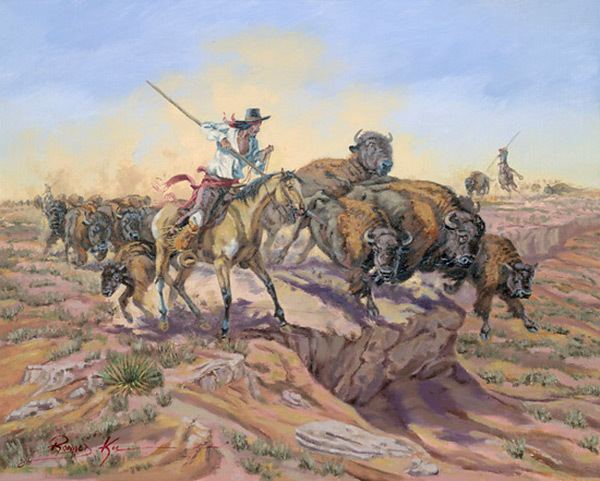 | ||
Trailer for the novel cibolero
A cibolero (plural: ciboleros) was a Spanish colonial (and later Mexican) buffalo hunter from New Mexico. The Spanish word for buffalo as used in New Mexico was cibolo; hence, the name cibolero for buffalo hunter.
Contents
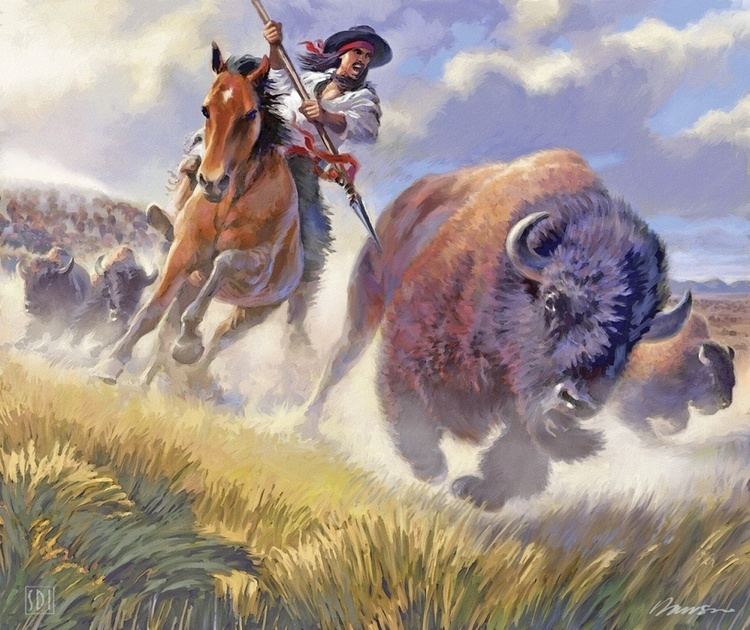
How to say cibolero high quality voices
Historical
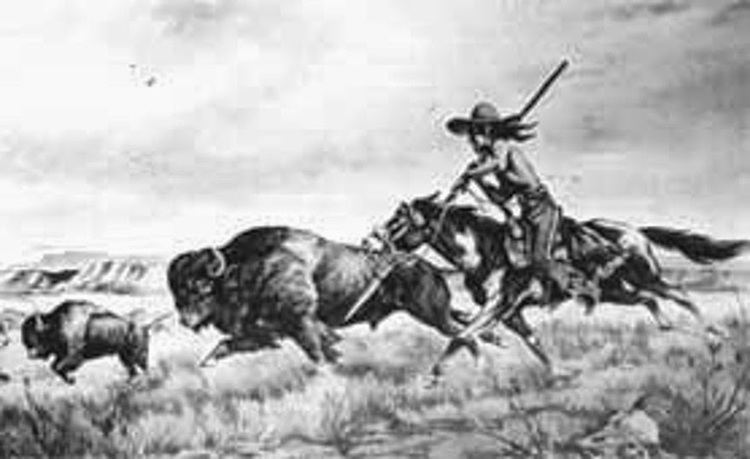
Ciboleros hunted the American bison on the plains of what is now eastern New Mexico and Texas, in the areas approximately known as the Llano Estacado and Comancheria. Their domain ranged as far east and north as Nebraska. The Ciboleros would hunt buffalo typically in late Fall once the summer crops had been harvested. Many Ciboleros from New Mexico lived along or near the Pecos River from the villages of San José and Tecolote and south toward La Cuesta (now the town of Villanueva, New Mexico).
Josiah Gregg gave this description of a cibolero he encountered:
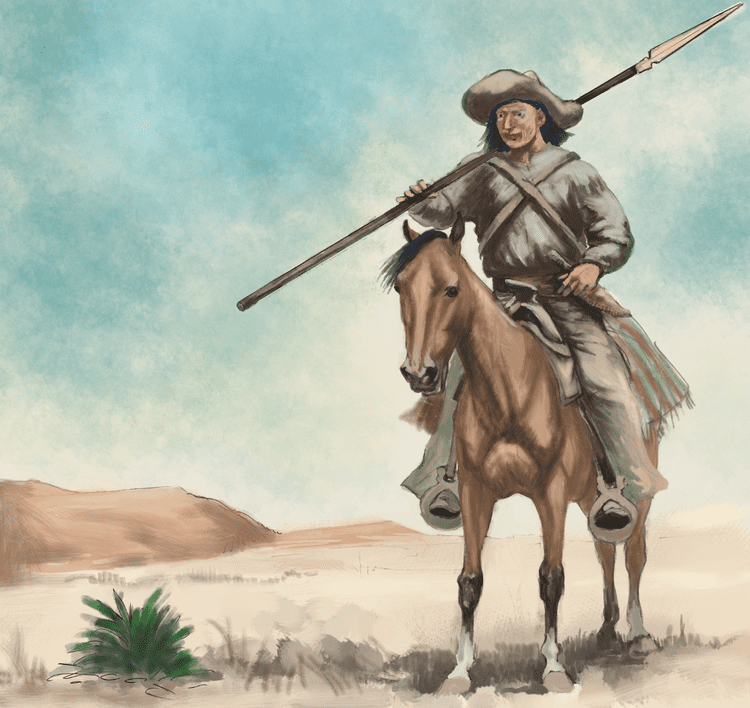
As we were proceeding on our march, we observed a horseman approaching, who excited at first considerable curiosity. His picturesque costume, and peculiarity of deportment, however, soon showed him to be a Mexican Cibolero or buffalo-hunter.
John Miller Morris explained the historical significance of the ciboleros:
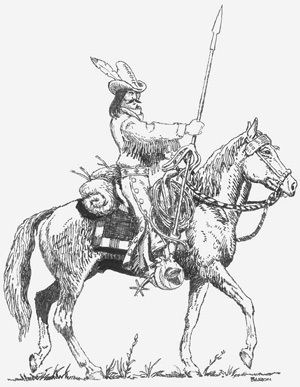
Juan de Oñate's colonists and the later settlers had introduced domesticated horses, cattle, pack animals, crops, fruits, goats and sheep into New Mexico, beginning a significant transculturation process for regional food supplies and transportation. The natives of the bison plains, for example, quickly exchanged information with the frontier Hispanos about the sport of buffalo hunting. This process developed one of the most symbolic of the 18th- and 19th centuryfrontiersman in the Southwest: the thrilling, sportive, distinctive cibolero of the eastern bison plains. The Llano served as the chief acculturation point for many ciboleros, a point where ideas, words, goods, and practices flowed between east and west. The cibolero also facilitated the survival of whole populations, augmenting the ancient flow of bison meat from plain to valley, gradually supplanting and transforming the many hundreds of former native traders.
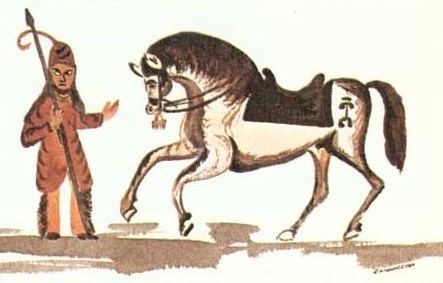
The cibolero way of life ended by the late 1870s with the destruction of the American bison. Ciboleros are still remembered in New Mexican folk songs, cultural events, and family oral traditions.
Fictional
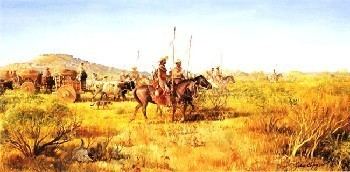
Ciboleros are an integral part of some works of fiction dealing with the Southwest and the American West. For example, José's Buffalo Hunt: A Story from History recounts a cibolero buffalo hunt c. 1866. The novel Cibolero, set against the backdrop of Spanish to Mexican rule, includes descriptions of early 19th century buffalo hunts.
